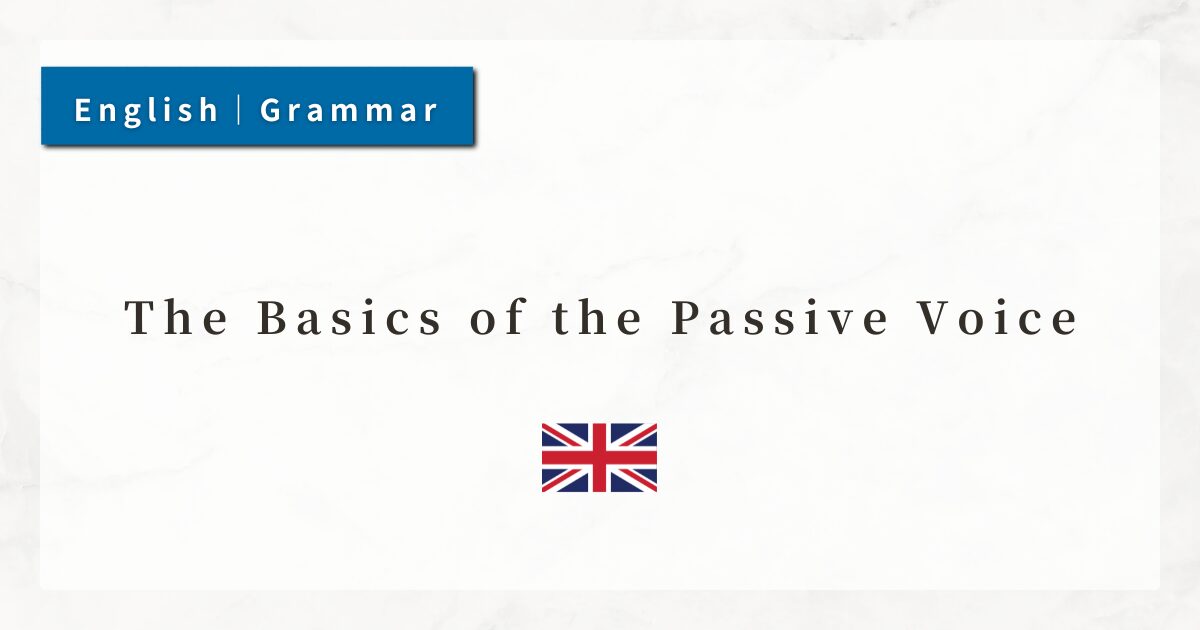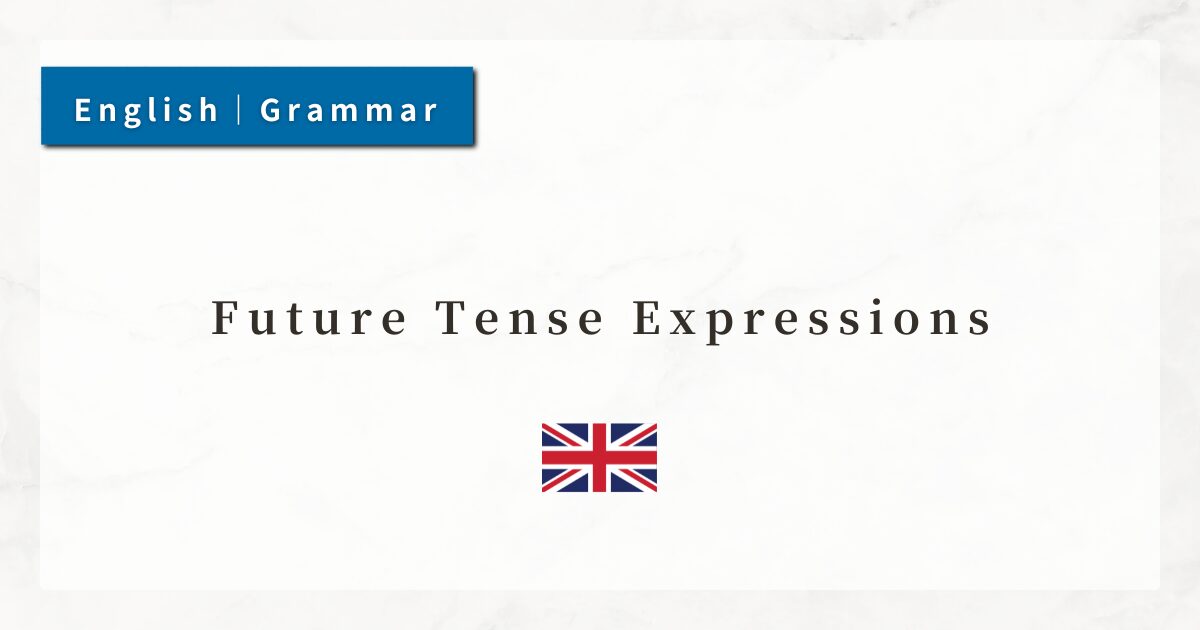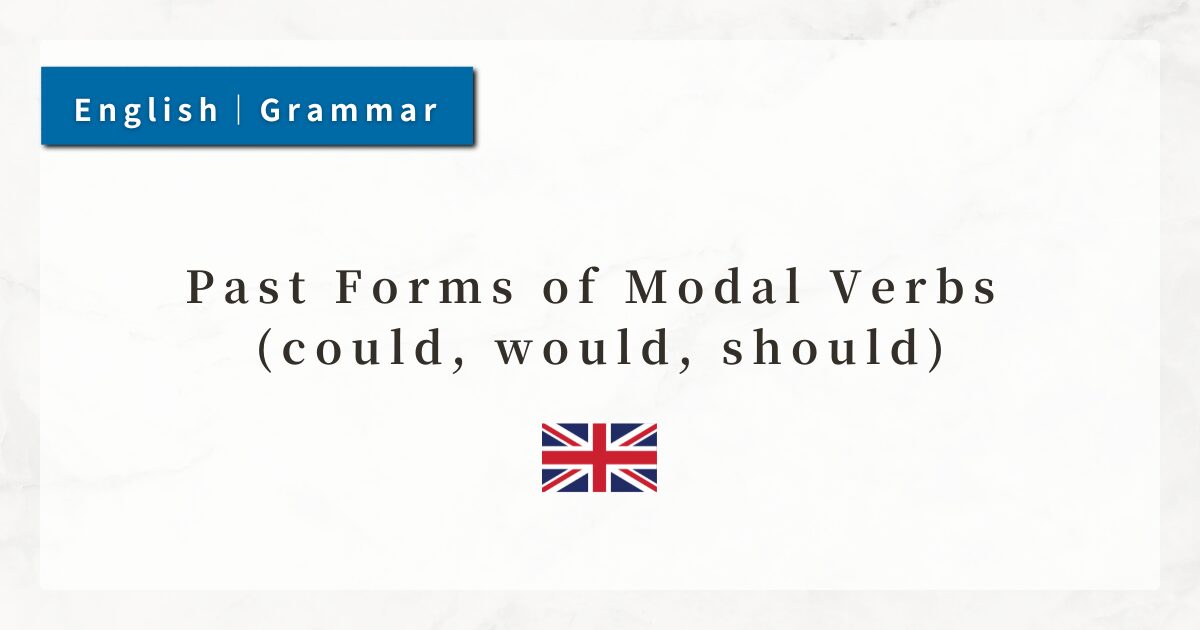The Basics of the Passive Voice|The Rule of “Be Verb + Past Participle” with Example Sentences

In English, when I want to express ideas such as “to be done” or “was done,” I use the passive voice. The passive voice is useful when the focus is on the receiver of the action rather than on the person performing the action (the subject).
In this lesson, I will explain the basic structure of the passive voice, which is “be verb + past participle,” and how to use it correctly.
1. How to Form the Passive Voice and Its Basic Rule
To form the passive voice, I move the object of the active sentence into the subject position and change the verb into the form “be verb + past participle.”
- Active voice: They make cars.
- Passive voice: Cars are made (by them).
Here, cars becomes the subject, and the verb make changes to are made. The past participle is one of the principal parts of verbs. For regular verbs, it usually ends with -ed, while irregular verbs take special forms.
2. The Subject Becomes the Receiver of the Action
In the active voice, the emphasis is on who performs the action. In the passive voice, the emphasis is on what is acted upon.
- Active voice: My father wrote this book.
- Passive voice: This book was written by my father.
In the passive voice, this book becomes the subject, and the verb changes to was written.
3. The Agent (by ~) Is Often Omitted
In the passive voice, the performer of the action is expressed using the preposition “by” + agent.
However, if “who performed the action” is not important, the by-phrase is often omitted.
- The window was broken.
In this sentence, “who broke the window” is not relevant, so the agent is omitted.
4. Pay Attention to Changes in Tense
The basic structure of the passive voice is always “be verb + past participle.” The past participle form remains constant, but the be verb changes according to the tense.
| Tense | Active Voice | Passive Voice |
|---|---|---|
| Present | They make cars. | Cars are made (by them). |
| Past | They built the house. | The house was built (by them). |
| Future | They will finish the work. | The work will be finished (by them). |
5. The Passive Voice in the Progressive Form
The passive voice can also be used in the present or past progressive tense. In that case, the structure becomes “be verb + being + past participle.”
- The room is being cleaned now.
Here, is being cleaned indicates that the action is “in progress” at the moment.
6. The Passive Voice in the Present Perfect Tense
When using the present perfect tense, the structure is “have/has + been + past participle.”
- The work has been finished already.
Here, “has been finished” expresses a state in which the work is already completed.
7. Summary
- The passive voice is formed with “be verb + past participle.”
- The subject changes into the receiver of the action.
- The agent (by ~) may be added if necessary, but it is often omitted.
- The be verb changes according to tense (is/are, was/were, will be, etc.).
- The passive voice can also appear in the progressive form (is being cleaned) and the present perfect form (has been finished).





